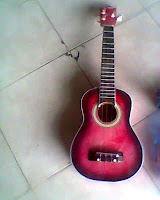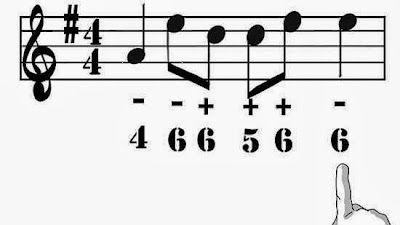Piano Lesson Four : Sharps, Flats and Key Signatures
Piano Lesson Four : Sharps, Flats and Key Signatures.
On Sharps, Flats and Key Signatures.
Hello everyo.ne. How are you all going? Keeping up your daily practice is the main thing.
Don’t worry if you do not ‘get’ everything the first time we mention a new term. There will be plenty of time, and plenty of opportunity, for us to go over all the main musical terms again.
This is just great, to have moved onto learning about sharps, flats, and key signaturestoday.
Now – to refresh your memory on the Scale of C. Remember that the Scale of C does not have any black notes in it. We play all white notes in the scale of C, from one C up to the C an octave higher.
Because the scale of C does not use an ‘accidentals’, which are sharps or flats, and it therefore does not use any ‘black’ notes, we say that it has no sharps or flats in its key signature.
The key of C Major has no sharps or flats in its key signature. The scale of C Major has no sharpened notes, or flattened notes.
What is a Sharp? – The sharp sign looks like this – # It is the sign which, when put directly after a note, means that you play that note a semitone higher. This means that an F# will be played on the black note, directly to the right of the white F note.
Look at the diagram on our header at the top of the page. You will see also that F# is actually the same note as Gb. How is this?
Well – The flat sign does the opposite to a sharp sign. A flat sign lowers a note by one semitone. If you were to play B flat, or Bb, then you would play the black note directly to the left of the white B note. The b sign would flatten the note by one semitone, or one half note.
So now you see why F# plays the same note as Gb. This is called an enharmonic change. When you call a note by its ‘other’ name, it is an enharmonic change, though it still sounds like the same note. There is a reason for these notes to have this duality, and it is all to do with key signatures.
Key Signatures define the key that you are playing in. The key signature is found at the left side of the stave, where the sharps and flats are indicated. The key signature defines the key which you will be playing in.
The key signature tells you what notes will be played sharp or flat throughout the whole piece.
If there are no sharps or flats, then your piece will be in either the key of C Major, or A Minor: these are the only two keys which do not have a key signature.
We are not going to look at the minor keys at this stage. Just major keys.
For instance, you can play the piece Twinkle Twinkle Little Star beginning on the note C.
It will go like this in the key of C Major:
C C G G A A G —F F E E D D C.
Or – if that key is too low for you, then you can move the key up a bit. You can begin a song, or a piece of music, on absolutely any note.
It’s just that if you play the piece Twinkle Twinkle Little Star beginning on any other note than C, then you will have cause to use black notes, as C Major is the only scale which has no sharps or flats. The key signature of C Major is the only major one which has no sharps or flats.
If you play your piece Twinkle Twinkle Little Star beginning on the next note, D, then you will have to play an F# instead of F when you come to the F#. That is because the scale of D major has F# and C# in its key signature. This means that every time an F, or a C is played in D Major, they will be automatically played as sharps, as this is written in the key signature. Like scripture. D major uses those two black notes in its scale, so these two notes, F# and C# are defined in the key signature.
‘Twinkle Twinkle Little Star’ will go like this in the key of D Major:
D D A A B B A —-G G F# F# E E D
So – if you see TWO sharps in the key signature at the left of your stave of music, then the piece has to be in the key of D Major, or B Minor. There is only one major key for every key signature, and only one minor key used for every key signature.
This means that you can look at a key signature before you start your piece. You will be able to identify what key the piece is written in, just by looking at the key signature.
It is really such a logical system. At first, you may not ‘get it’, but do not panic. It really does not matter, because we will reiterate this information in different contexts throughout these lessons. More will be done to explain it all in future lessons.
For now, just accept that C Major uses no sharps or flats in the scale, and so it has no sharps or flats in its key signature.
Also accept that D Major has two sharps, F# and C# in its key signature: this means that every time you come to an F or a C, it will be played as a sharp note on the black note directly above these notes.
Here is a diagram of a little ditty written in the key of C Major in the Treble Clef…
And here is the same little ditty written in the key of D Major in the Treble Clef…
Play both these tunes now.
So – now you have a basic insight into how sharps, flats, and key signatures work. We will study more about scales and their key signatures in the future lessons, which will further your understanding of today’s lesson.
This entry was posted in Learning to Read Music, Piano Lessons for Beginners and tagged flats, key signatures,major scales, minor scales, reading music, sharps, understanding key signatures. Bookmark the permalink.






